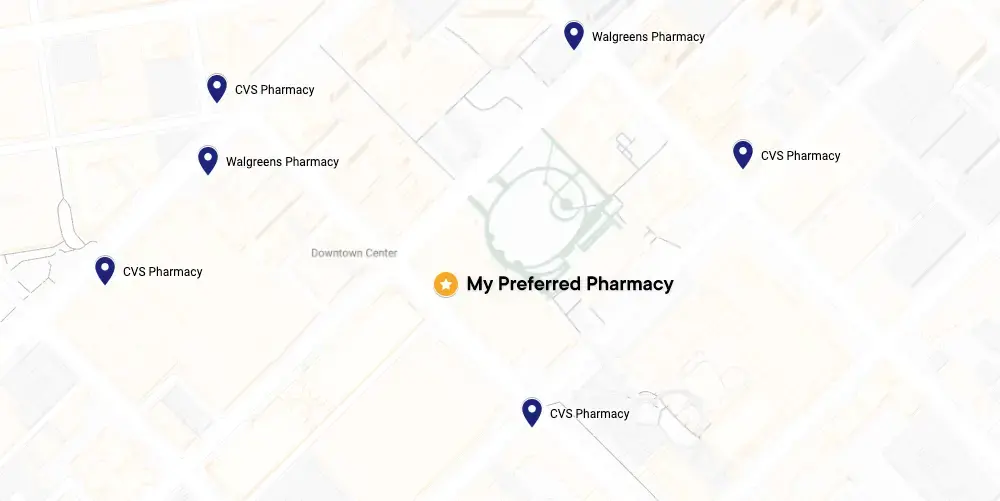In most cases, hives are caused by an allergic reaction to an allergen. When your body comes into contact with an allergen, your immune system releases histamines—chemical signals made by specialized immune cells in your body produced to get rid of an allergen.
During allergic reactions, the body may respond to the histamines with hives and swelling. Most hives clear up within 24 hours, but acute hives can sometimes turn into a chronic issue (chronic urticaria).
Common allergens include antibiotics and other medications, poison ivy and poison oak plants, bug bites, certain foods, environmental pollens, dust, mold and pet dander.
The skin reaction can also be triggered by:
-
Heat or cold
-
Sunlight
-
Pressure on the skin from tight clothing, belts, or sock bands
-
Stress
-
Medical conditions, such as infections, autoimmune conditions, or systemic diseases







